Echinacea: Immunity Booster and Skin Defender
Echinacea purpurea, commonly known as purple coneflower, is a perennial herb that has earned its place as a cornerstone of Western herbal medicine. Its vibrant bloom and spiny central cone are more than botanical beauty, they represent a plant rich in immunoregulatory, anti-inflammatory, and antioxidant properties. Used both internally and topically, echinacea supports the body’s defenses, accelerates wound healing, and offers antimicrobial protection. Its versatility makes it a vital ally in treating respiratory infections, skin conditions, and systemic inflammation.
Cultural and Historical Significance
Folklore and Traditions
Echinacea’s roots run deep in North American soil, both literally and culturally. Indigenous peoples have used the plant for centuries, long before European settlers arrived. Historical records from the 1600s and earlier document its use for treating snake bites, sore gums, coughs, and bowel troubles. It was also applied topically to dress wounds and soothe skin irritations. In many traditions, echinacea was revered as a blood purifier. A plant that could cleanse and fortify the body from within.
Its folklore is consistent and renowned. The plant’s spiky cone and radiant petals were seen as symbols of resilience and vitality. In healing rituals, echinacea was often used to “call the immune system to attention,” acting as a botanical sentinel that awakened the body’s natural defenses.
Historical Figures
While echinacea’s use was widespread among Indigenous healers, its adoption into Western herbalism was championed by eclectic physicians in the 19th century. These early practitioners recognized its ability to treat infections and inflammatory conditions, and it quickly became a staple in their materia medica. Though not attributed to a single herbalist, echinacea’s rise was collective—an herb embraced across cultures and generations.
Plant Anatomy, Cultivation and Harvesting
Botanical Description
Echinacea purpurea is a hardy perennial in the Asteraceae family, celebrated for its striking purple petals and spiny central cone. The plant typically grows between 60 to 120 centimeters tall, with upright, hairy stems and lanceolate leaves that alternate along the stalk. Its flower head is composed of a dense cluster of disc florets surrounded by ray florets—what we recognize as the “petals.” This composite structure is not only visually iconic but pharmacologically rich, housing many of the plant’s active constituents.
Unlike biennial herbs, echinacea establishes itself over multiple seasons, with roots deepening and strengthening year after year. Its taproot system anchors the plant and concentrates key immunomodulatory compounds, especially in mature specimens.
Growing Conditions
Climate: Thrives in cool to temperate regions; native to North American prairies and open woodlands.
Soil: Prefers well-drained sandy or loamy soils that support deep root development.
Sun/Water: Full sun is ideal, though partial shade is tolerated. While drought-tolerant once established, echinacea benefits from consistent moisture during its early growth stages.
Pests/Disease: Susceptible to aphids and powdery mildew; best managed through companion planting, crop rotation, and natural treatments like neem oil or diluted garlic spray.
Varieties
While Echinacea purpurea is the most commonly cultivated species for medicinal use, other varieties such as Echinacea angustifolia and Echinacea pallida also offer therapeutic benefits.
E. purpurea is favored for its ease of cultivation and broad-spectrum activity.
E. angustifolia, with narrower leaves and deeper roots, is considered more potent by some herbalists but is harder to grow.
E. pallida features pale petals and is used similarly, though less frequently.
Harvesting Tips
Echinacea can be harvested for both its aerial parts and roots, depending on the intended use.
Aerial Parts: Harvest leaves and flowers when the plant is in full bloom, typically mid to late summer. Separate the leaves and petals from the stem and dry them thoroughly in a well-ventilated, shaded area. These parts are ideal for teas, topical preparations, and gentle immune support.
Roots: For maximum potency, harvest roots in early spring before new growth begins or in late fall after the plant has gone dormant. These periods correspond with peak concentration of bioactive compounds such as alkamides and polysaccharides. Roots should be firm, aromatic, and free of rot or cracking.
Preparation and Storage
Once harvested, echinacea roots should be cleaned thoroughly and sliced into thin strips to facilitate drying. A dehydrator set to low heat or a warm, dry room with good airflow will preserve the integrity of the plant’s constituents.
Store dried leaves, flowers, and roots in airtight containers, away from light and moisture. For tincture-making, dried herb is preferred due to its shelf stability and consistent potency. Properly stored echinacea can retain its therapeutic value for up to one year, though fresher batches are always ideal.
Organoleptic Qualities
Color: Dried aerial parts range from muted green to deep purple; roots are pale beige to light brown
Scent: Earthy, slightly floral with a faint resinous undertone
Taste: Mildly bitter and tingling, especially in fresh root preparations
Quality: Astringent and activating; fresh root tinctures often produce a numbing sensation on the tongue
Health Benefits and Therapeutic Applications
Echinacea purpurea offers a wide spectrum of therapeutic benefits, making it one of the most trusted herbs in Western herbal medicine.
Immune Support & Infection Recovery: Traditionally used to treat snake bites, sore gums, coughs, and chronic infections, echinacea is renowned for its ability to stimulate immune function. It activates key immune cells—neutrophils, macrophages, and leukocytes—enhancing the body’s ability to fight off respiratory and wound infections. Herbalists often pair it with elderberry to amplify its antiviral and immune-boosting effects, especially during flu season or periods of vulnerability.
Anti-Inflammatory & Skin Healing: Applied topically, echinacea soothes inflamed skin, accelerates wound healing, and supports tissue regeneration. Its use in dressing wounds and treating skin conditions dates back centuries, and modern studies confirm its anti-inflammatory and antioxidant actions.
Cardiovascular & Metabolic Support: Emerging research suggests echinacea may help regulate blood pressure and blood sugar levels, offering potential support for individuals managing hypertension or diabetes. These effects are attributed to its antioxidant compounds and vascular-modulating properties.
Whether taken internally or applied externally, echinacea provides a holistic approach to immune resilience, skin repair, and systemic balance.
Phytochemistry and Mechanism of Action
Echinacea’s efficacy stems from its diverse and synergistic phytochemical profile:
Alkamides: These compounds modulate immune response by decreasing proinflammatory cytokines. They also interact with CB1 and CB2 receptors, an action that may also contribute to echinacea’s anxiolytic (anti-anxiety) effects.
Polysaccharides: Responsible for antimicrobial and anti-inflammatory actions, these long-chain sugars stimulate immune cells and enhance the body’s defense against pathogens.
Cichoric Acid & Echinacoside: These caffeic acid derivatives offer potent antioxidant activity. Cichoric acid scavenges free radicals, while alkamides help regenerate its activity, creating a feedback loop of protection.
Essential Oils & Flavonoids: These compounds contribute to echinacea’s broad-spectrum antimicrobial effects, especially when used as whole-plant extracts, which demonstrate greater potency than isolated constituents.
This robust phytochemical synergy is the foundation of echinacea’s therapeutic power: supporting immune modulation, inflammation resolution, and cellular regeneration.
Formulations and Recipes
Echinacea is versatile and can be incorporated into a range of internal and topical preparations:
Tea: Steep 1 teaspoon of dried aerial parts in 1 cup of hot water for 10–15 minutes. Drink up to three times daily during cold season or at the onset of symptoms.
Tincture: Combine dried echinacea (aerial or root) with alcohol in a 1:5 ratio. Macerate for 4–6 weeks in a cool, dark place, shaking daily. Strain and bottle. Typical dosage: 30–60 drops, up to three times daily.
Topical Salve: Infuse echinacea in a carrier oil (such as olive or sunflower), then melt in beeswax and add optional essential oils like lavender or tea tree. Pour into tins and allow to cool. Use on wounds, acne, or inflamed skin.
Alcohol-Free Options: Create glycerites by combining dried herb with vegetable glycerin, or make vinegar infusions using fresh echinacea steeped in apple cider vinegar for 2–4 weeks. These are ideal for children or those avoiding alcohol.
Whether brewed, tinctured, or blended into salves, echinacea offers a dynamic and accessible pathway to immune resilience and skin vitality.
Cautions and Contraindications
General Safety: Echinacea is widely regarded as safe and well-tolerated, with low toxicity and minimal adverse effects when used appropriately.
Autoimmune & Progressive Diseases: Not recommended for individuals with progressive systemic conditions or autoimmune disorders such as HIV or AIDS. Although no direct clinical evidence confirms harm, echinacea’s immunostimulating properties may aggravate these conditions.
Pregnancy & Breastfeeding: Use during pregnancy and lactation should be approached with caution. Due to limited safety data, it is best to consult a qualified healthcare practitioner before use.
Allergic Reactions: Mild allergic responses may occur in sensitive individuals, particularly those with known allergies to plants in the Asteraceae (daisy) family, which includes ragweed, marigolds, and chrysanthemums.
Conclusion
Echinacea purpurea is more than a medicinal herb. It is a symbol of resilience, an enhancer of immunity, and a healer of skin and spirit. From its Indigenous roots to its modern applications, echinacea continues to offer profound support for the body’s natural defenses. Whether brewed into tea, blended into salves, or tinctured for potency, it invites us to honor the wisdom of plant medicine and the power of nature’s pharmacy.
References
Yu, Deqiang et al. “Anti-inflammatory effects of essential oil in Echinacea purpurea L.” Pakistan journal of pharmaceutical sciences vol. 26,2 (2013): 403-8.
Manayi, Azadeh et al. “Echinacea purpurea: Pharmacology, phytochemistry and analysis methods.” Pharmacognosy reviews vol. 9,17 (2015): 63-72. doi:10.4103/0973-7847.156353
Kumar, K. M., and Sudha Ramaiah. “Pharmacological Importance of Echinacea Purpurea.” International Journal of Pharma and Bio Sciences, vol. 2, no. 4, 2011, pp. 308–314. Bioinformatics Division, School of Biosciences and Technology, VIT University, Vellore, India. https://ijpbs.net/details.php?article=1080.

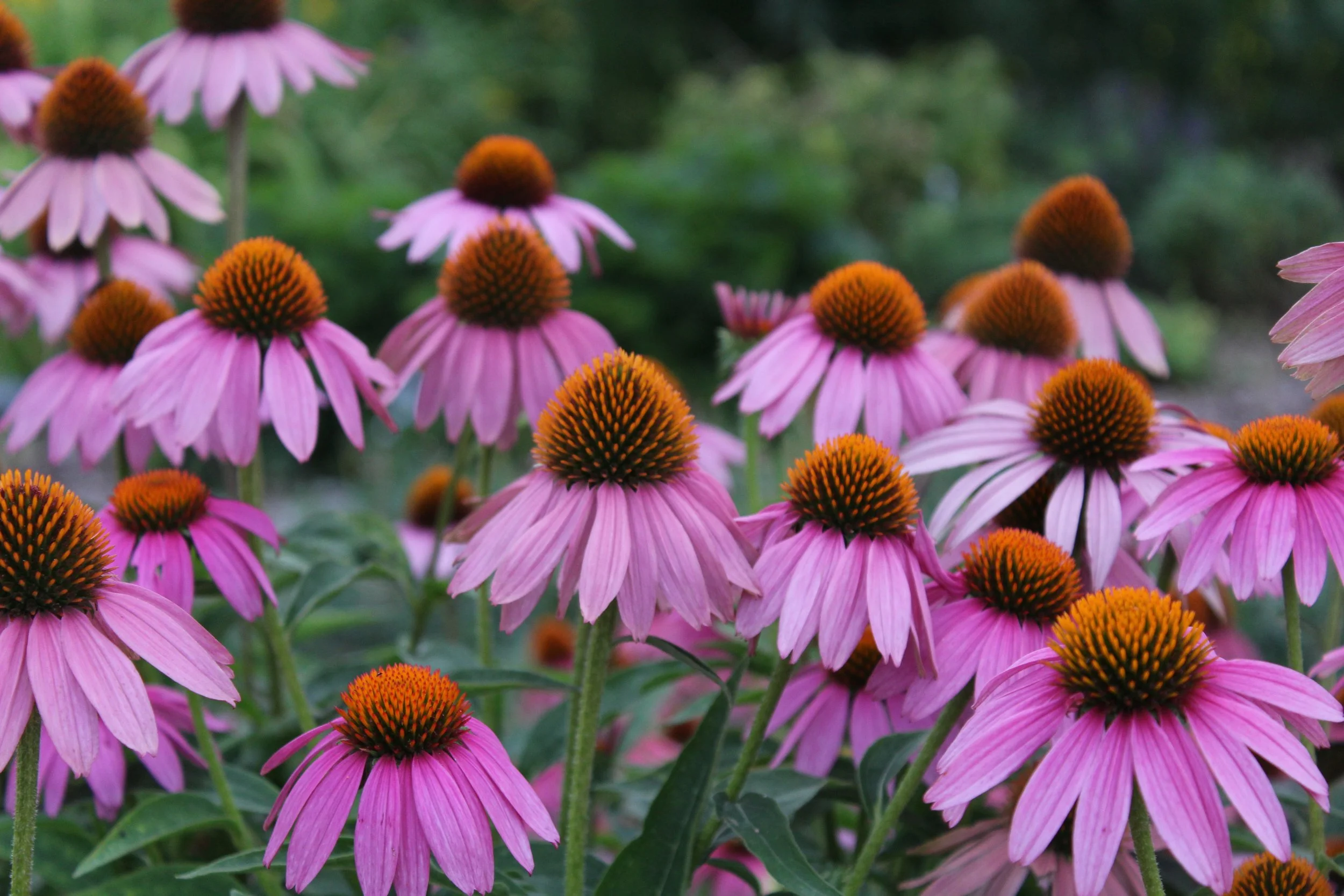








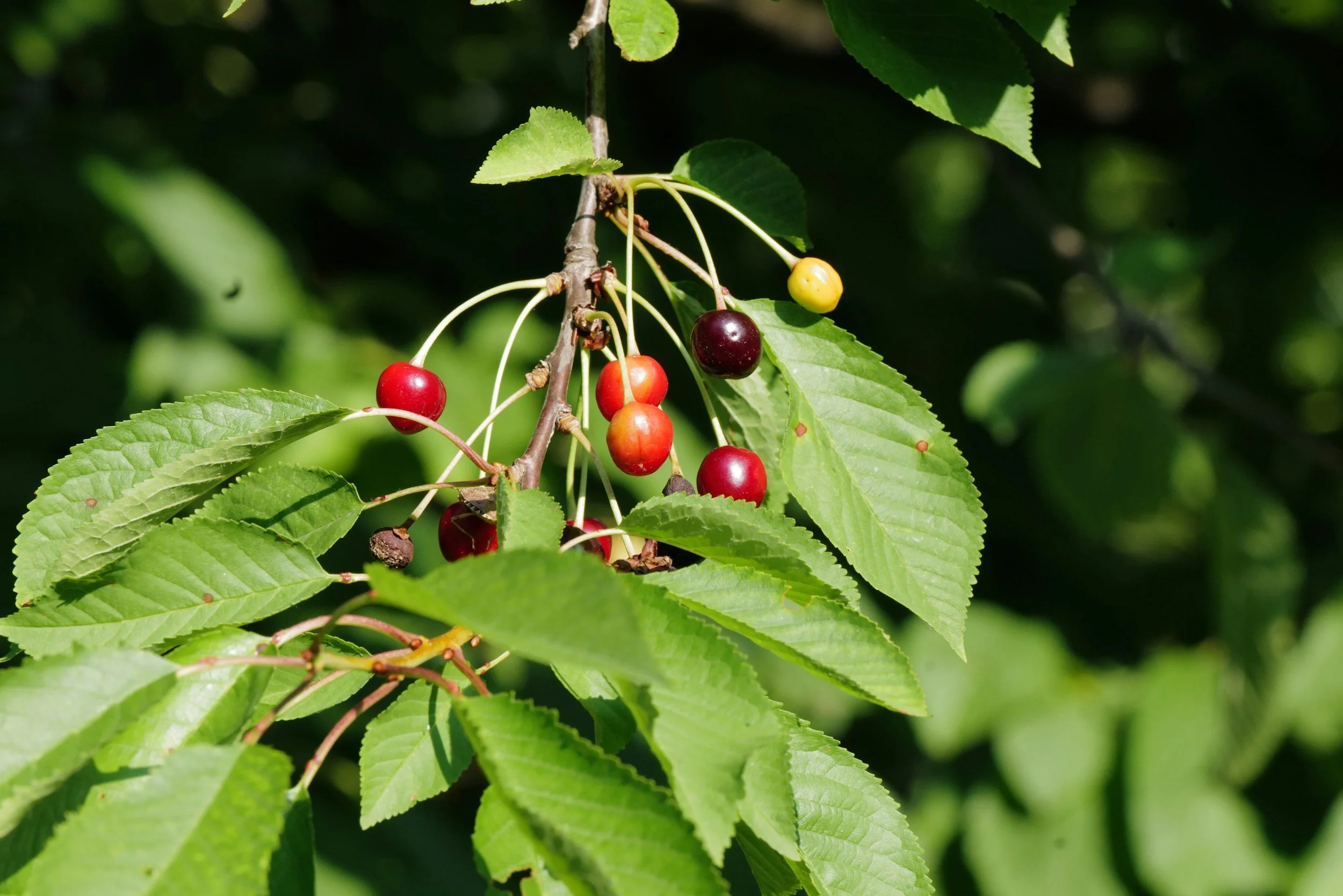
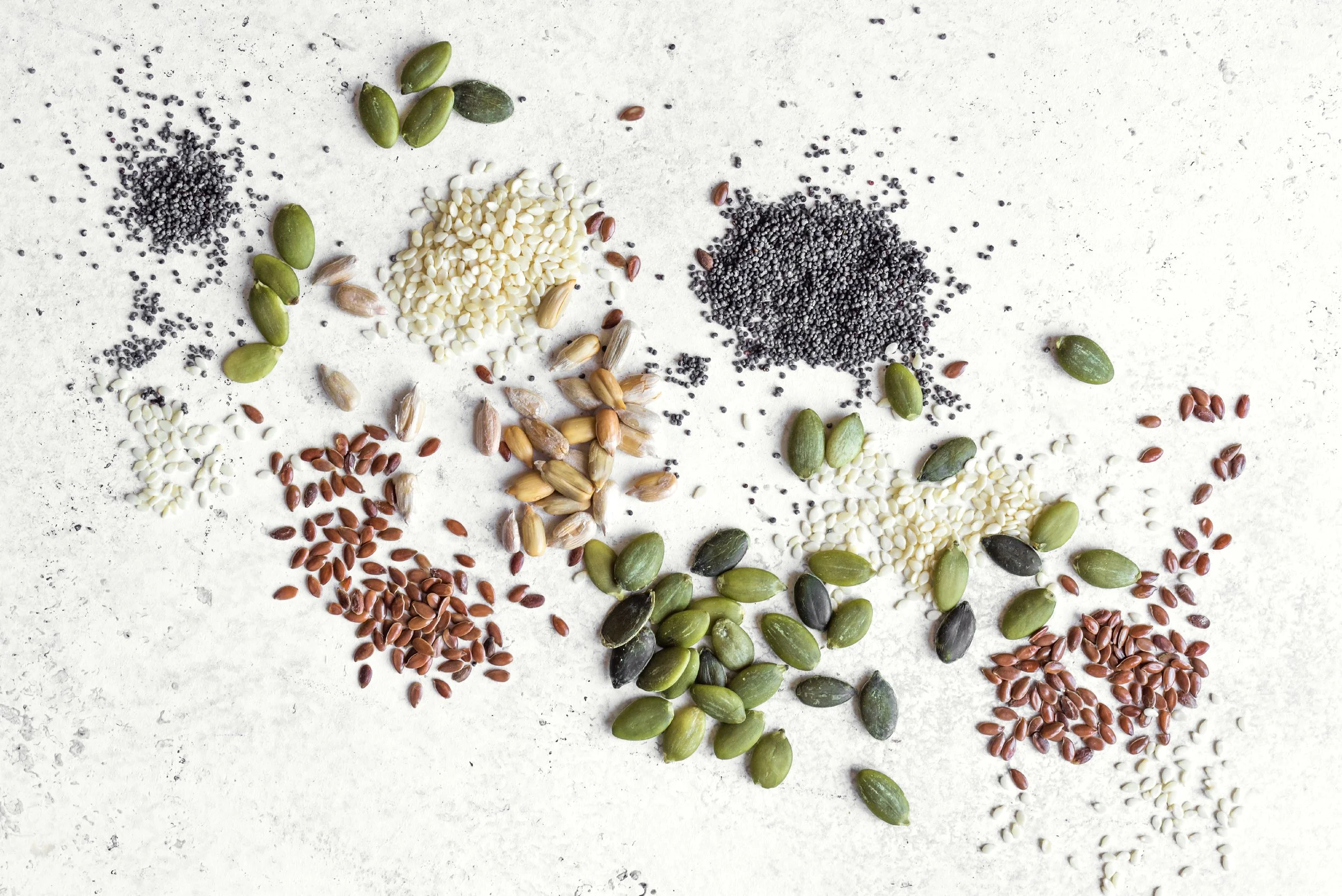
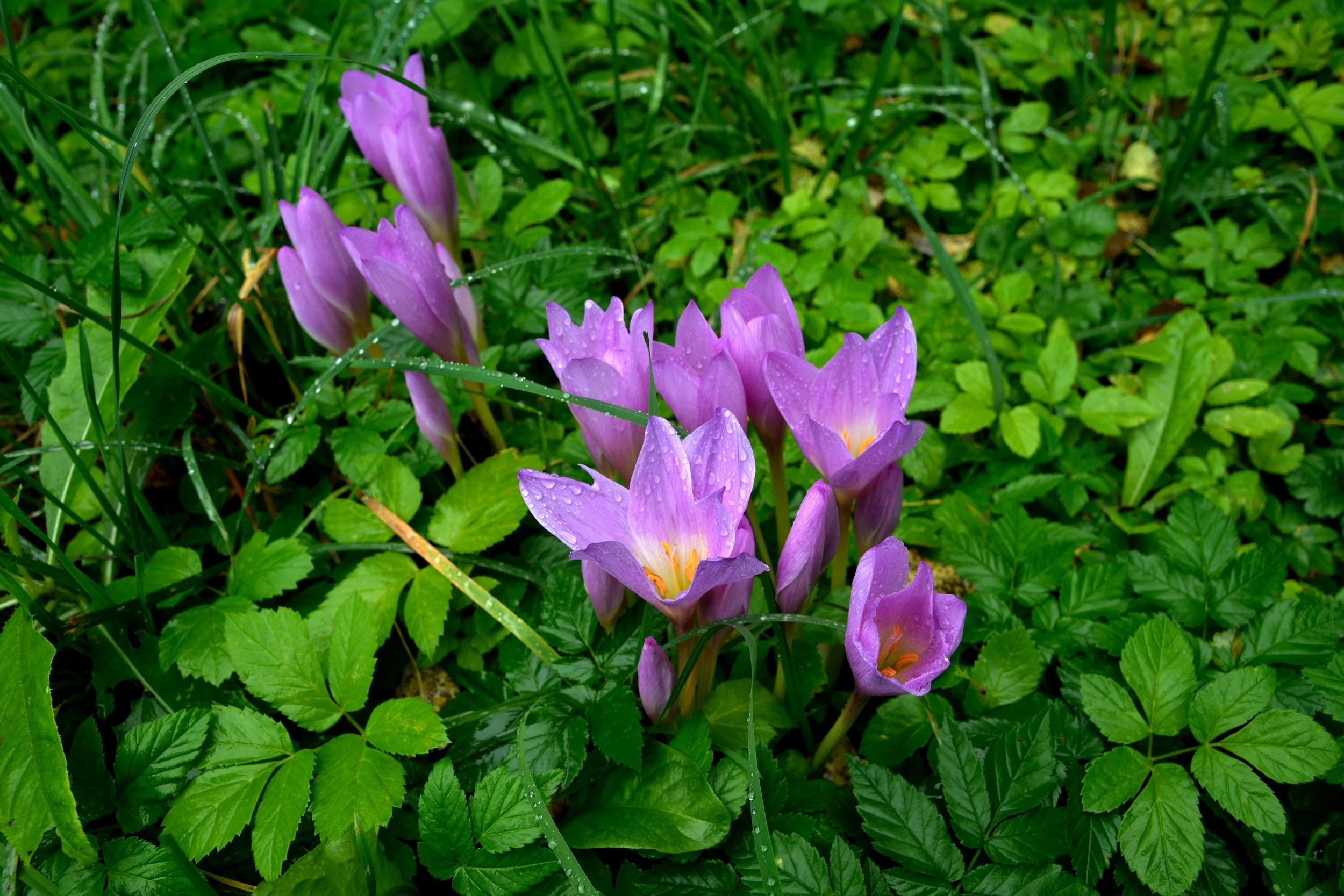
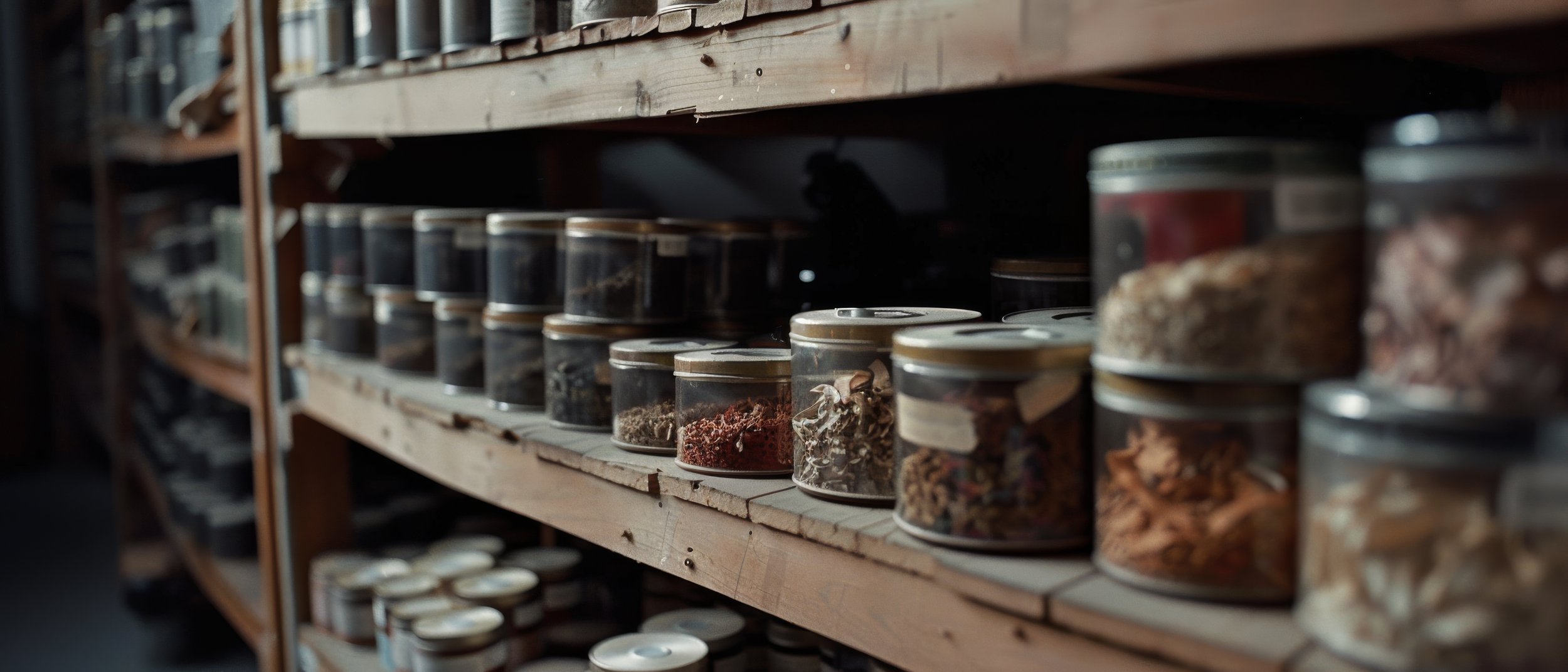

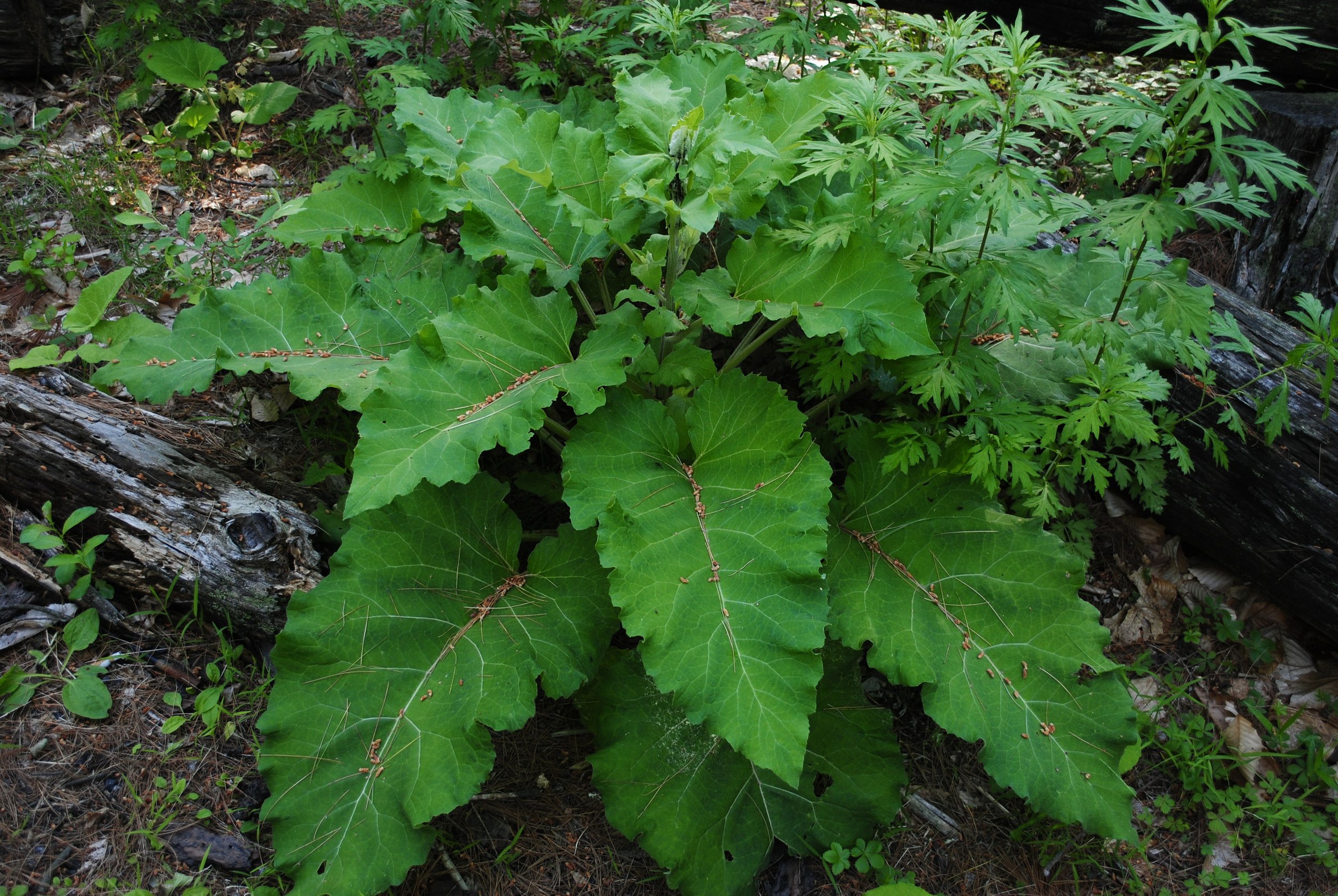
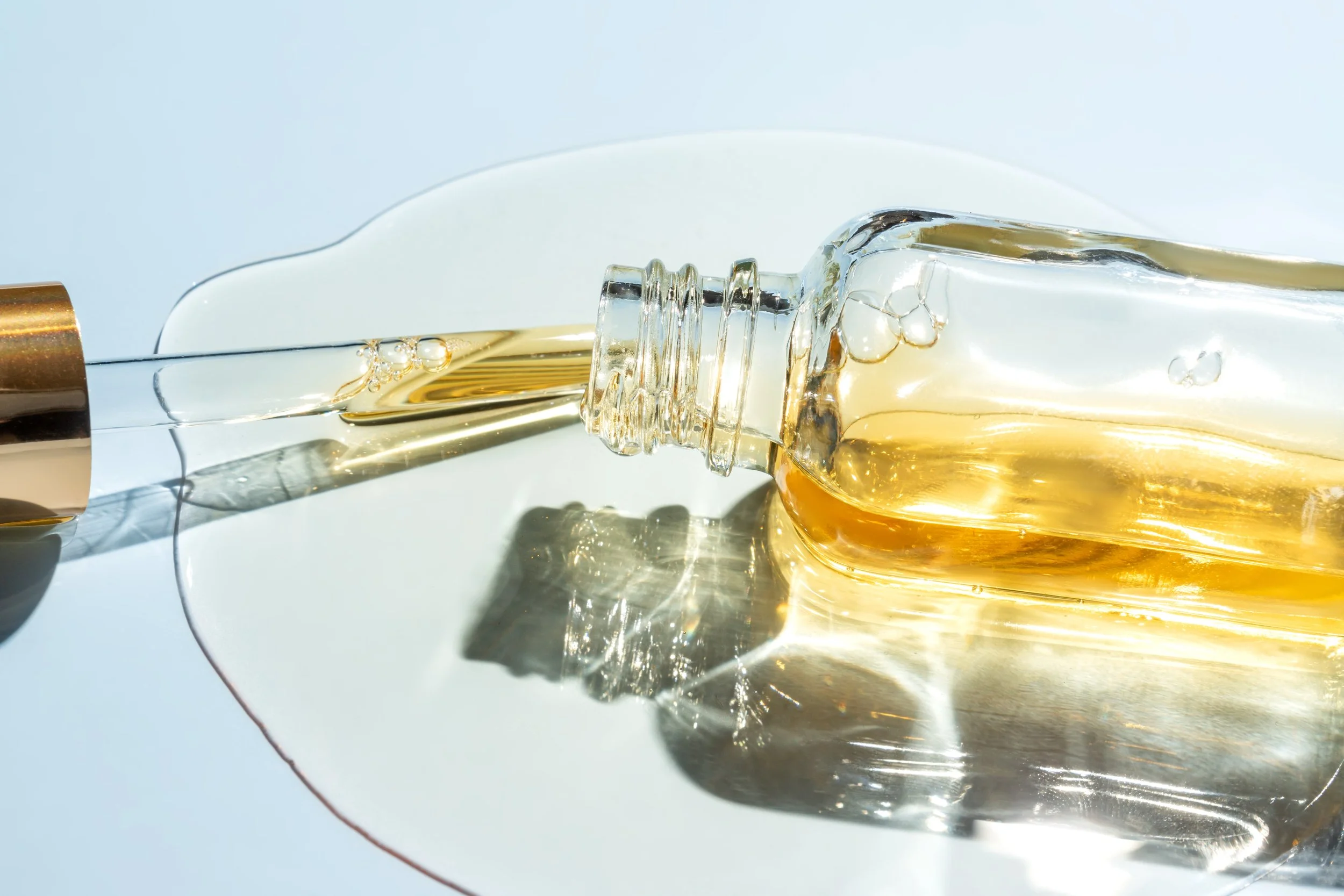
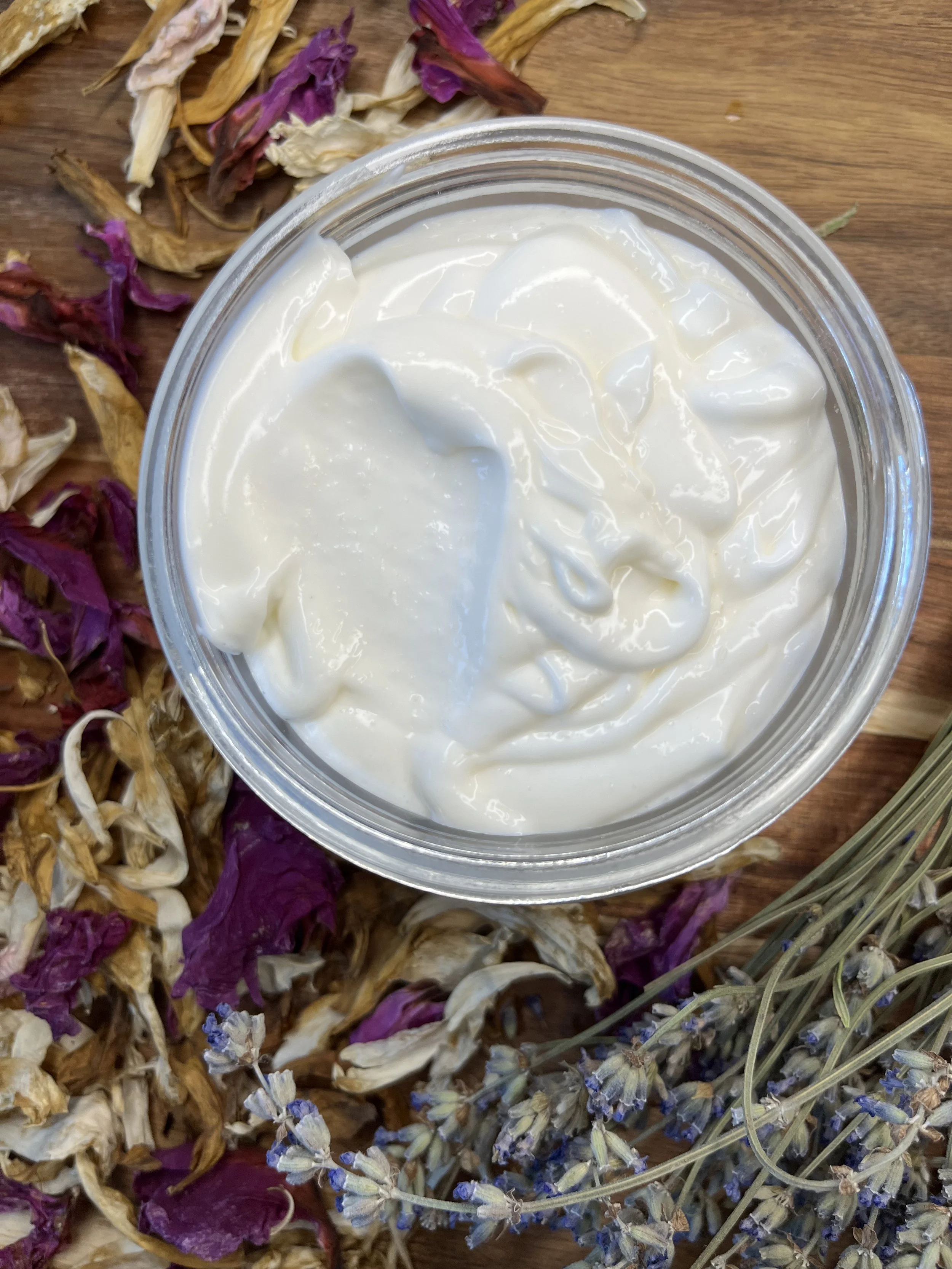
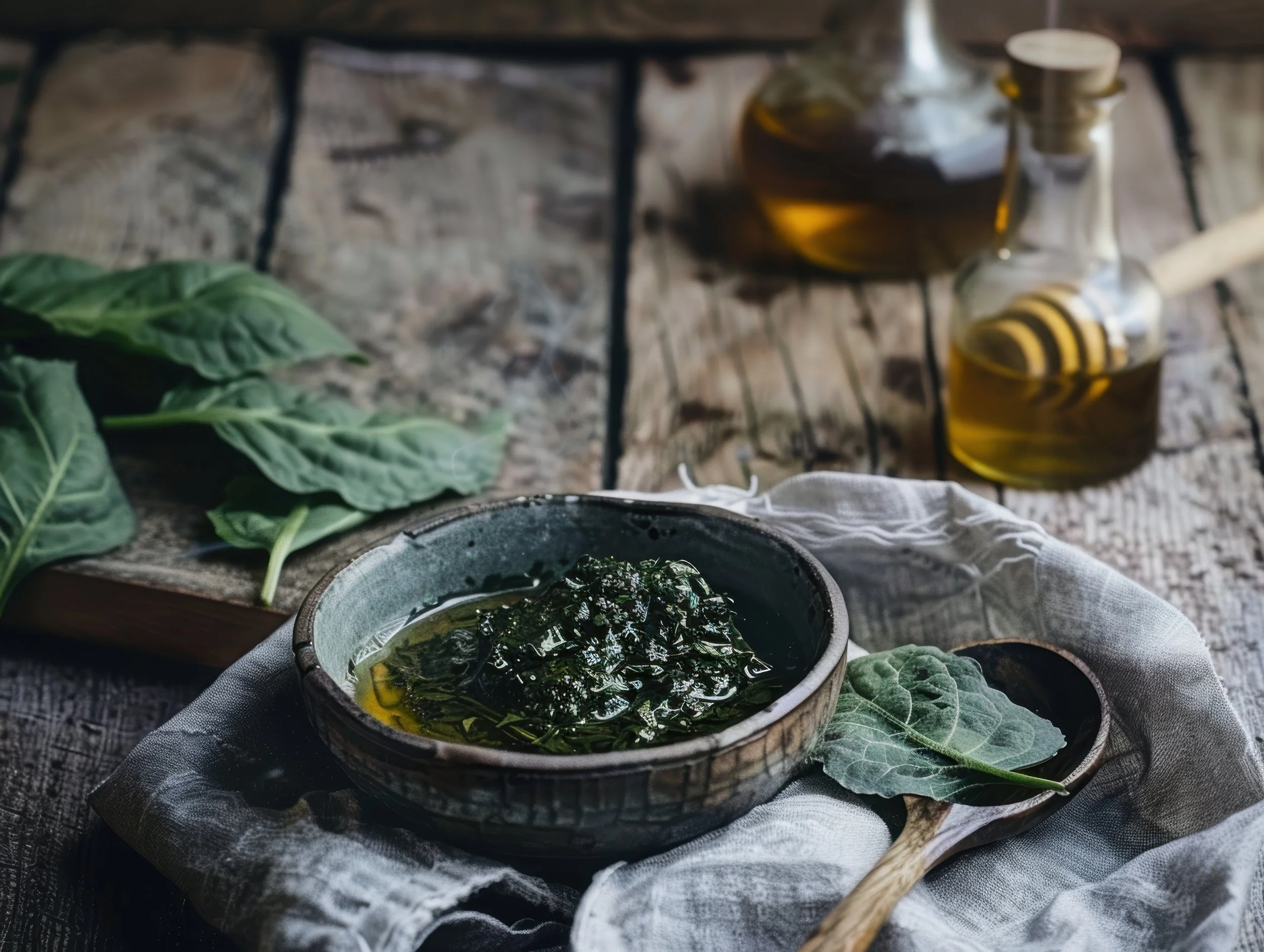
Hello and welcome! I'm Eve, a Chemist turned Herbalist, sharing the wonders of plant medicine and botanical skincare. Join me on this journey to Learn, Create, and Align your Divine!